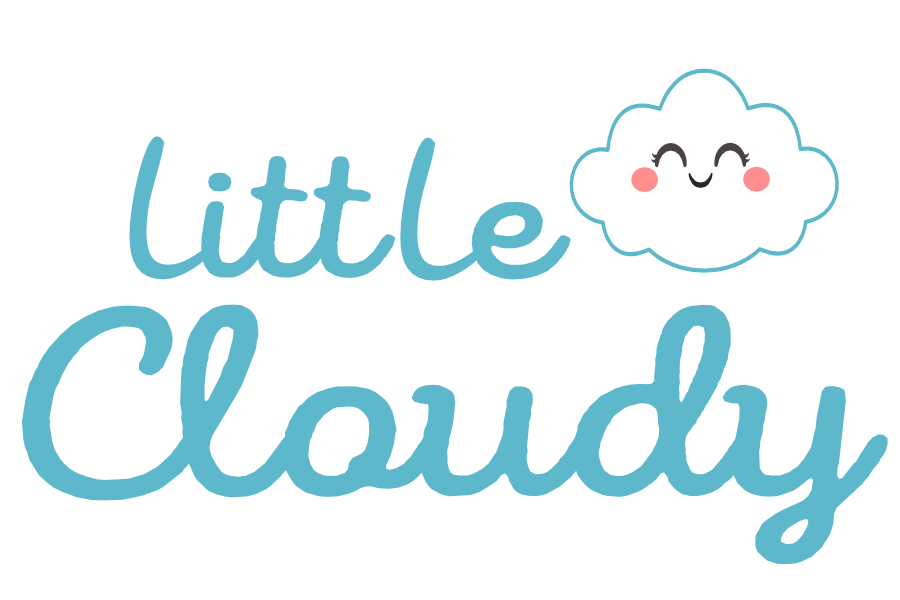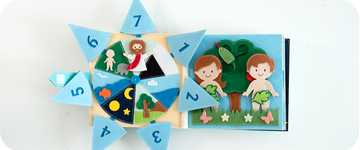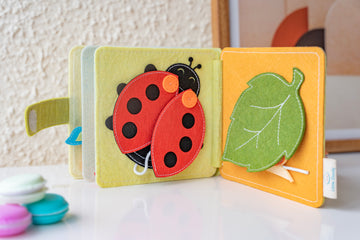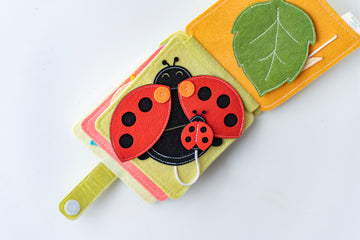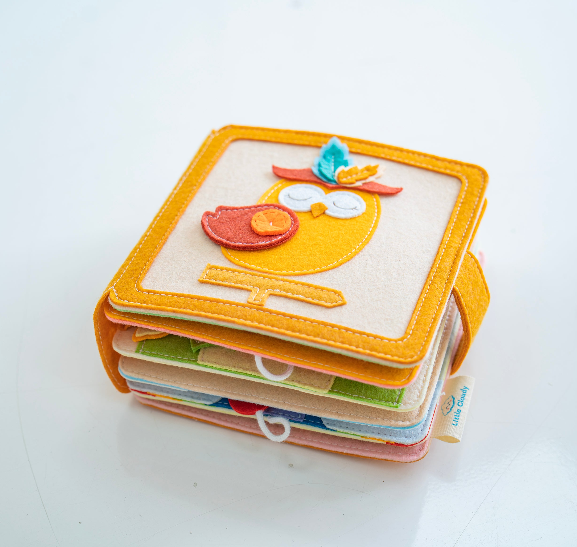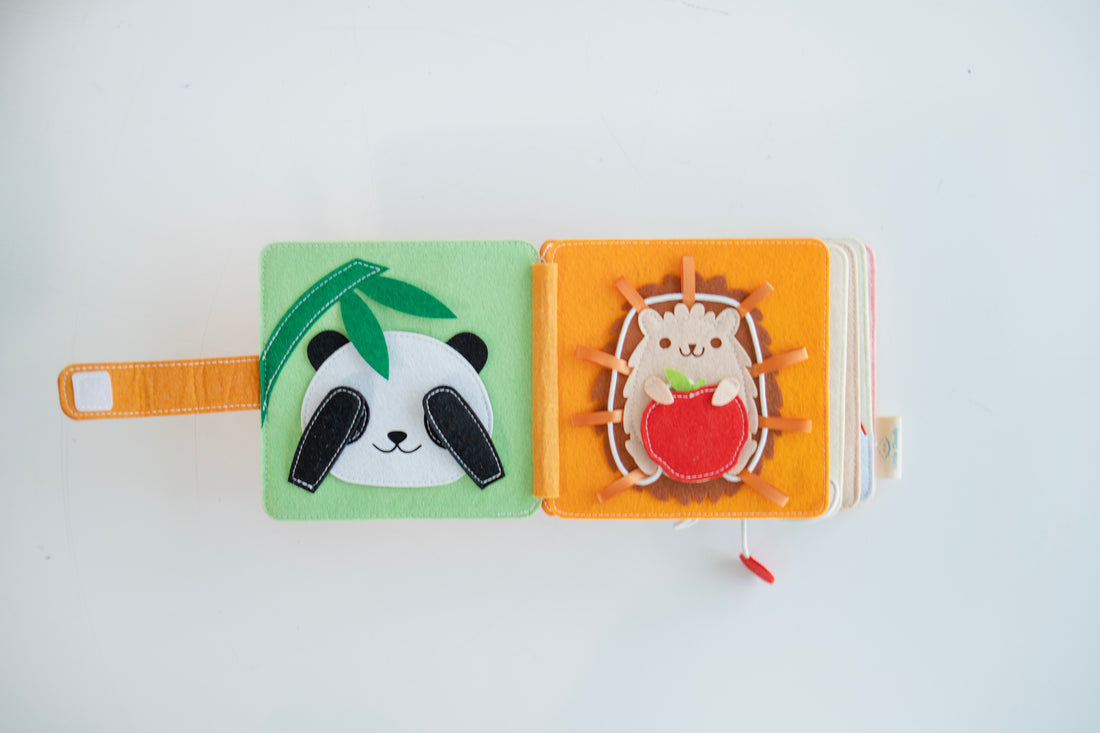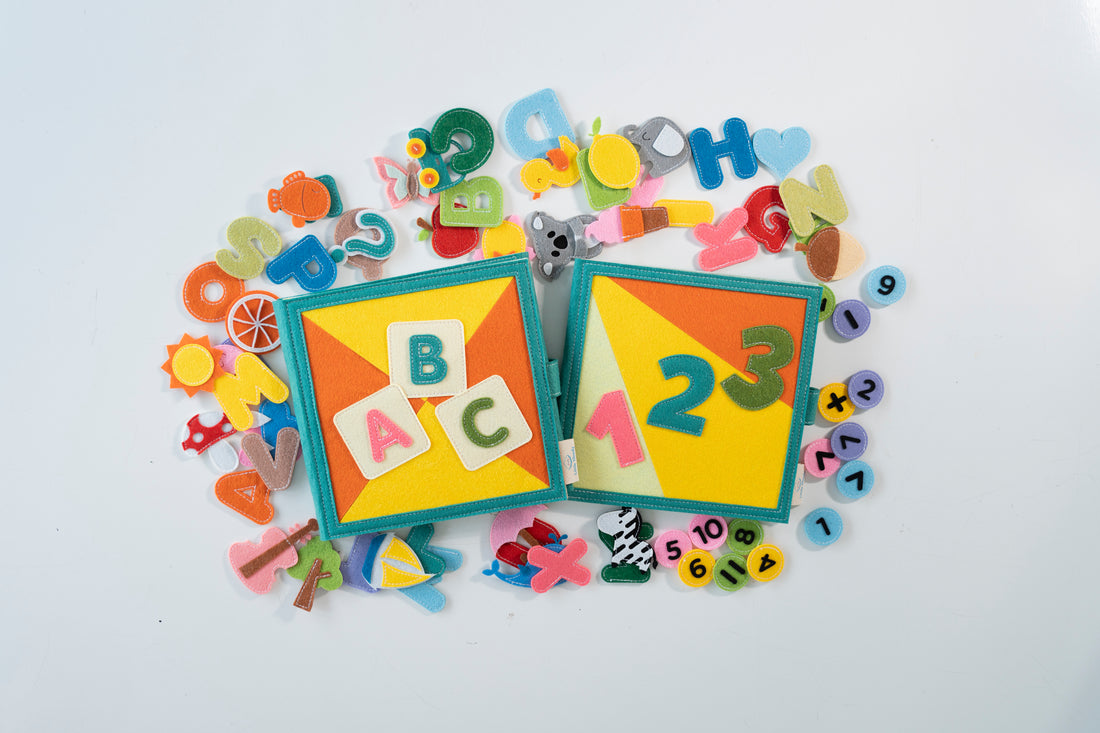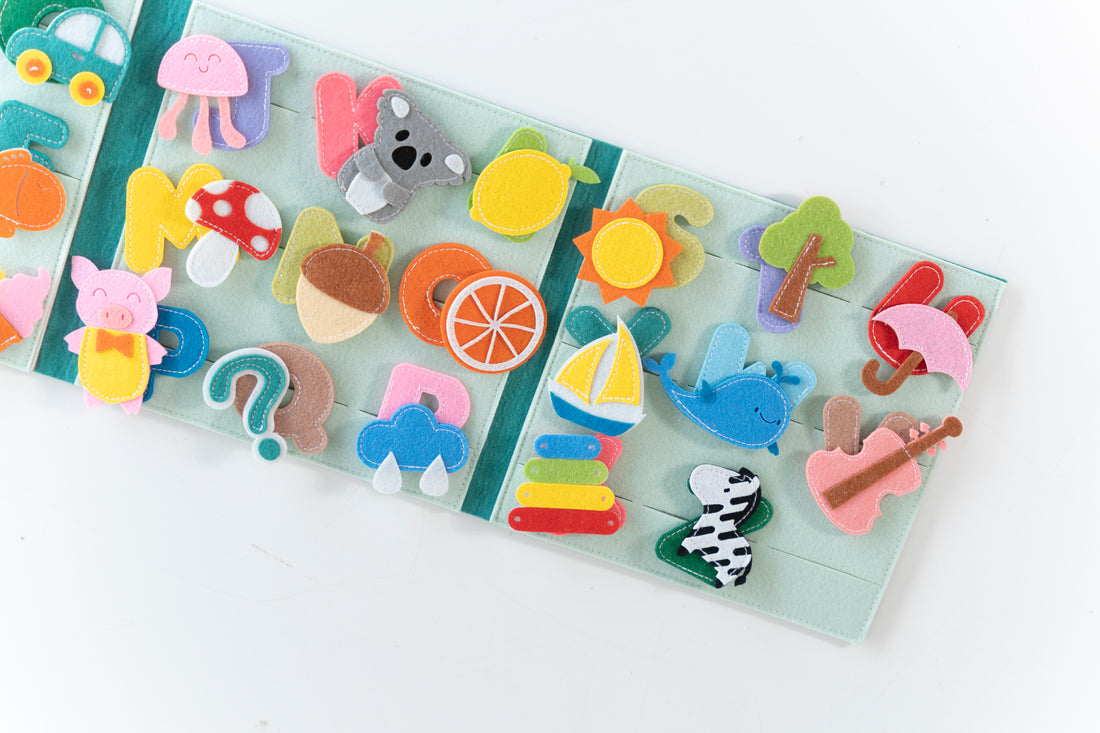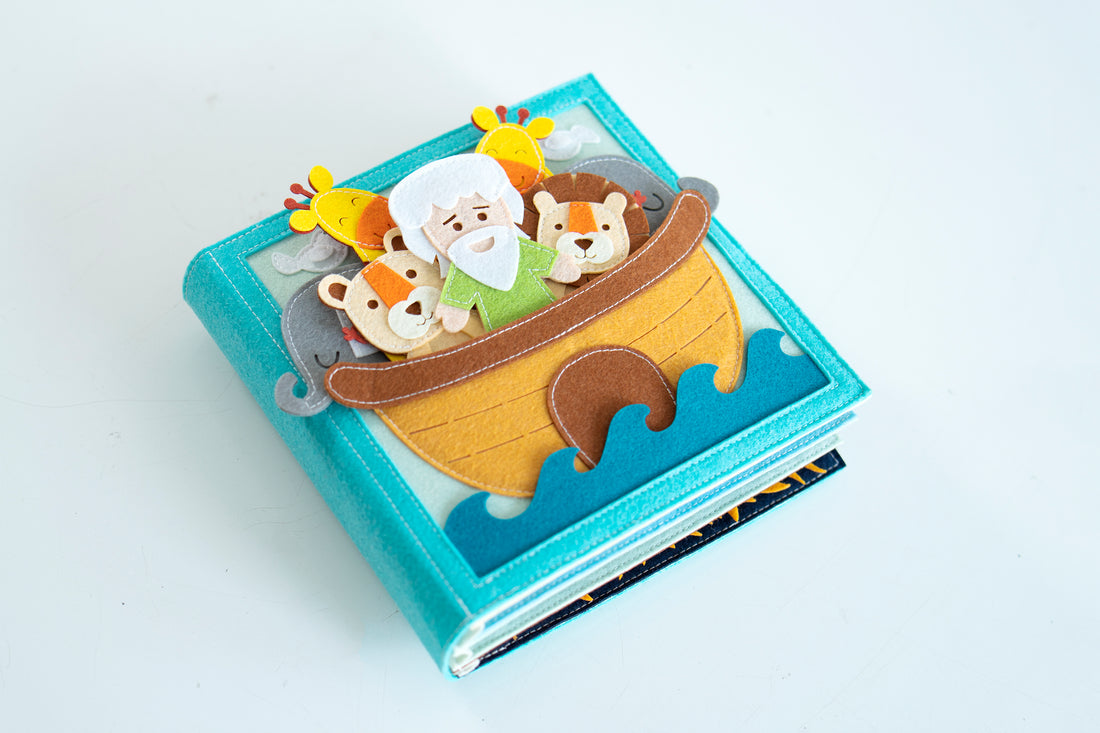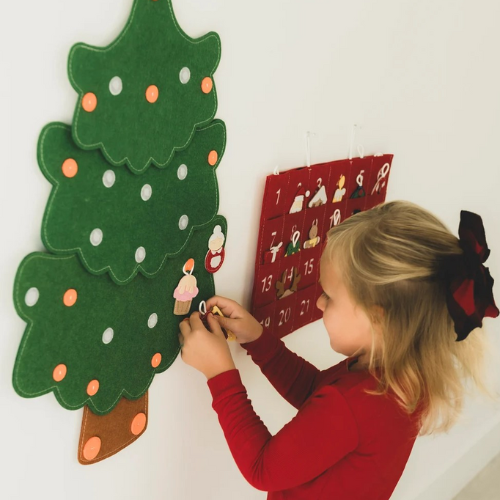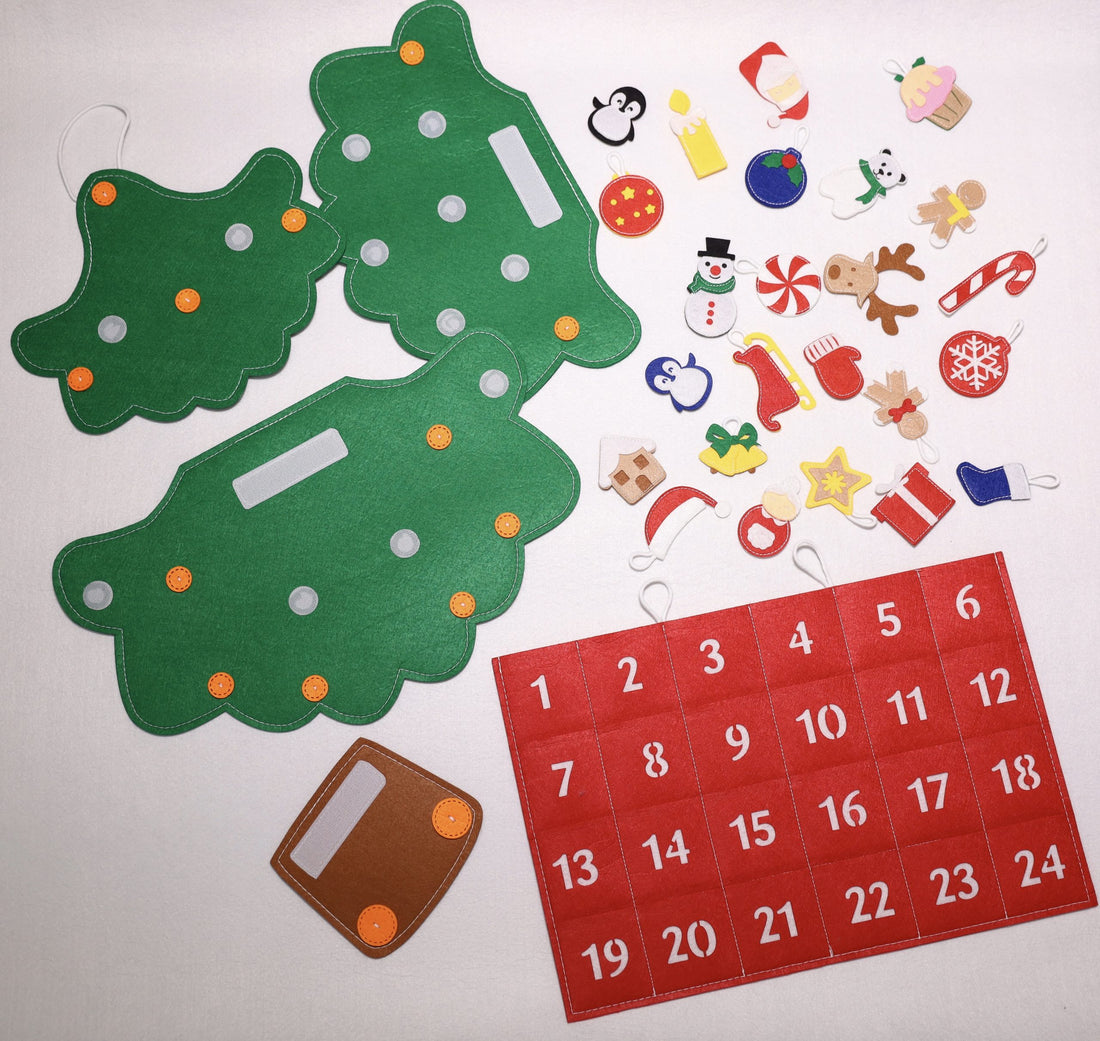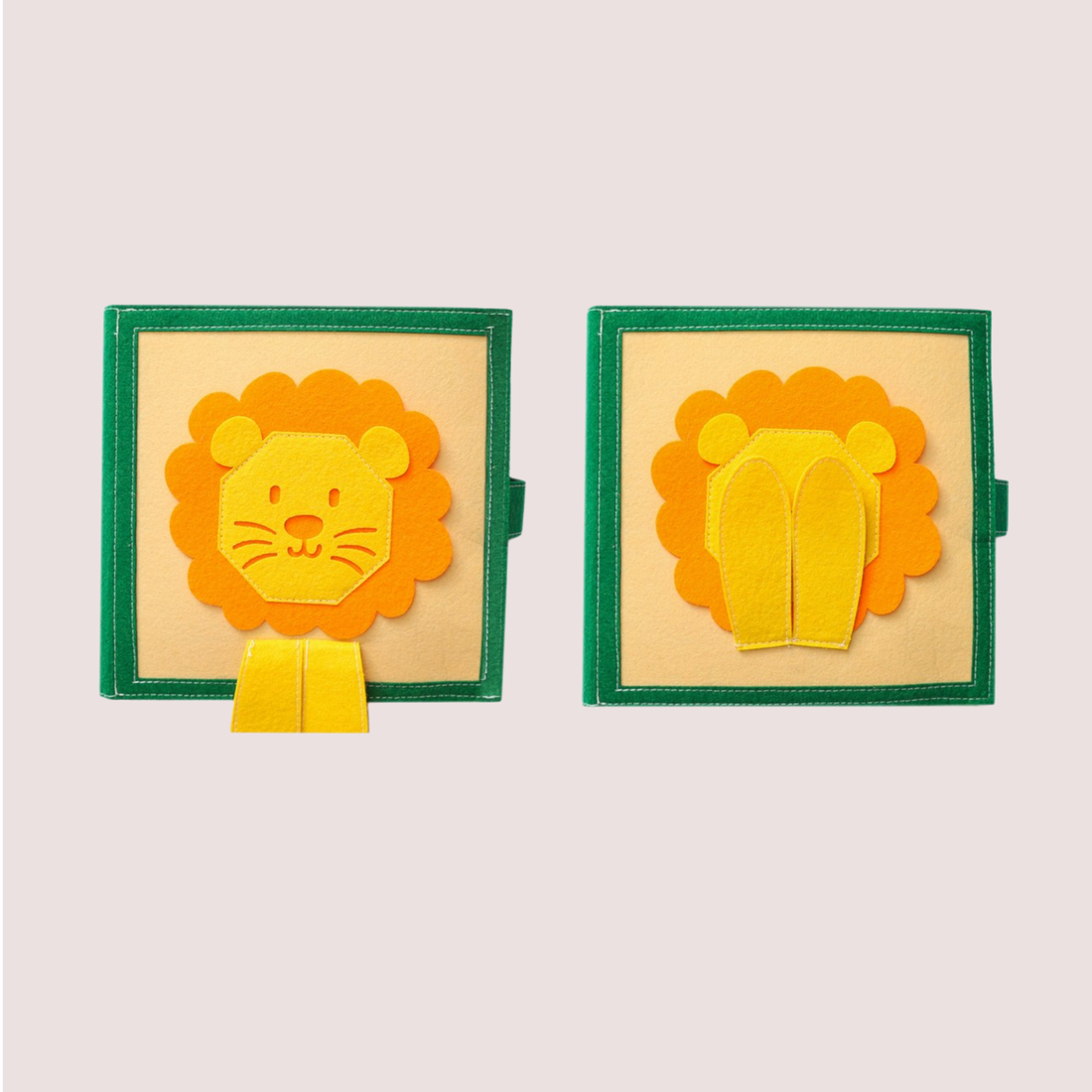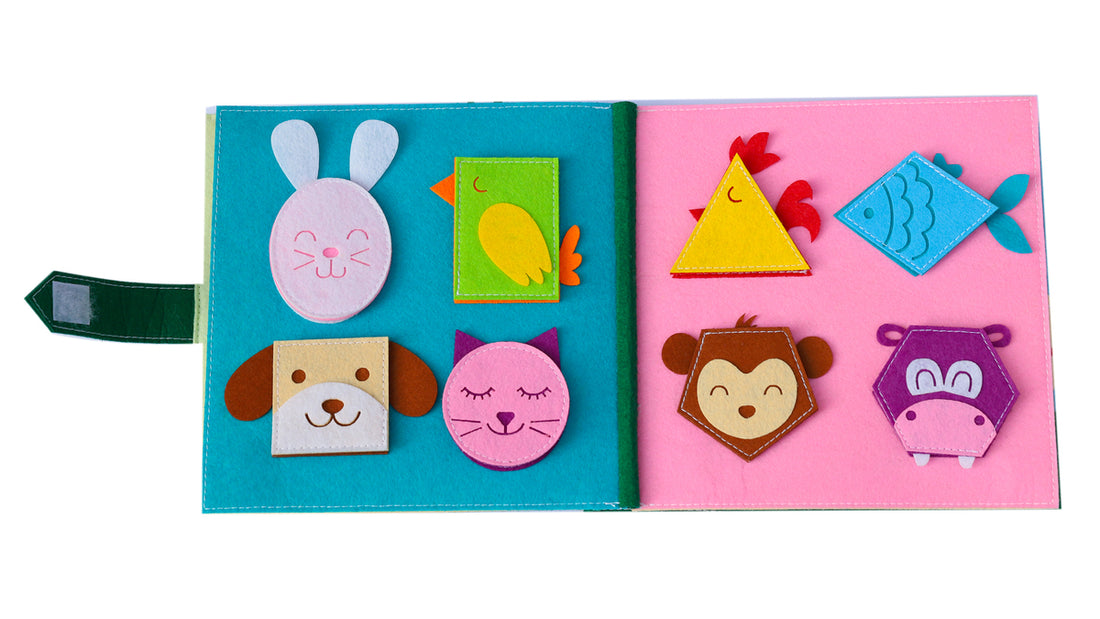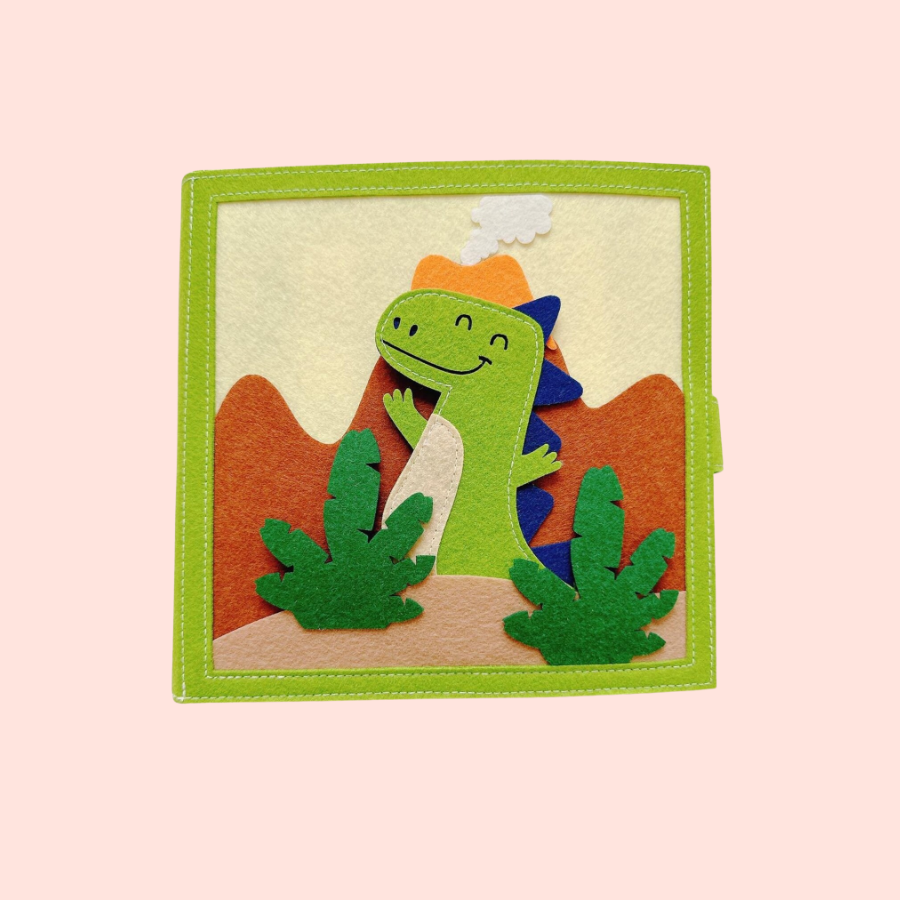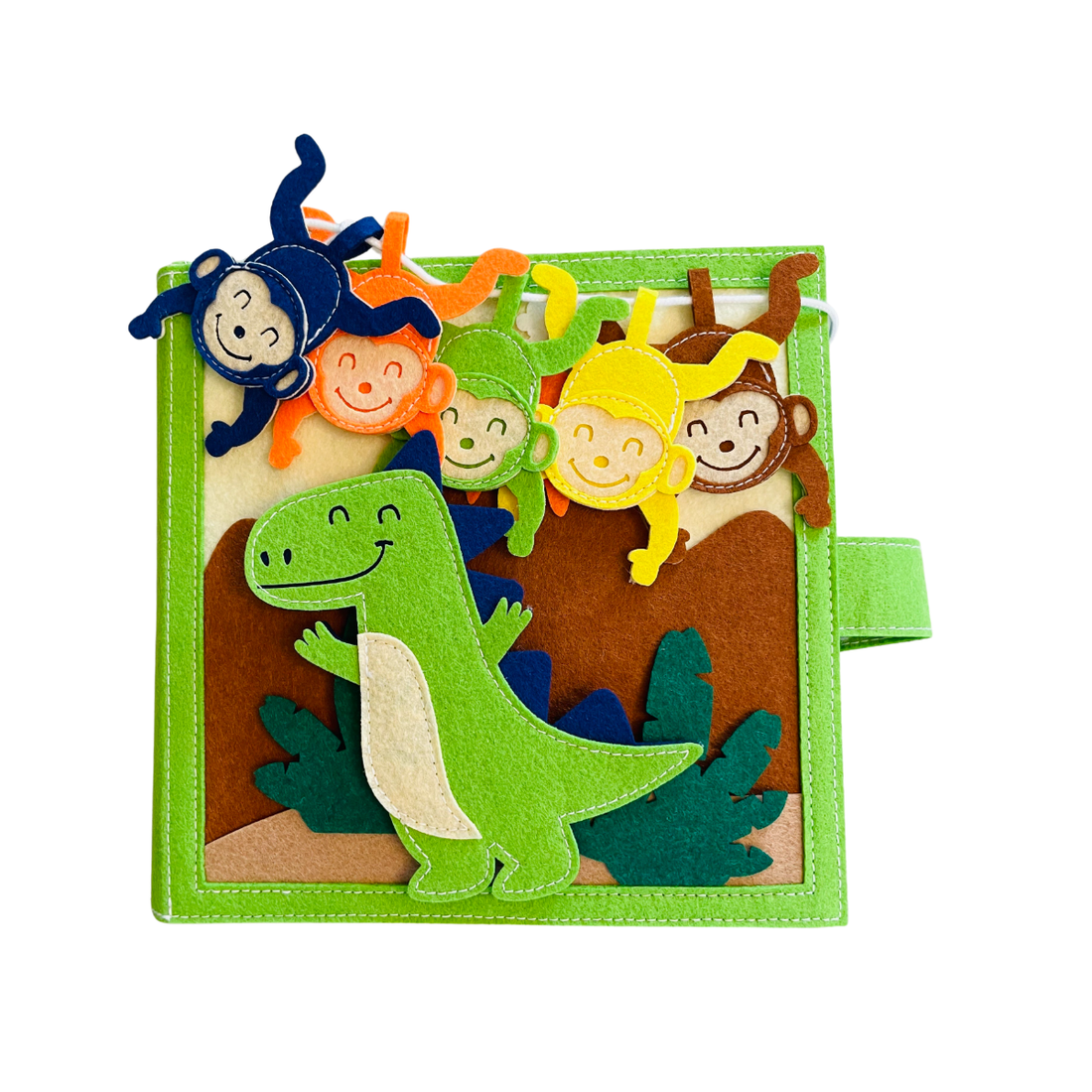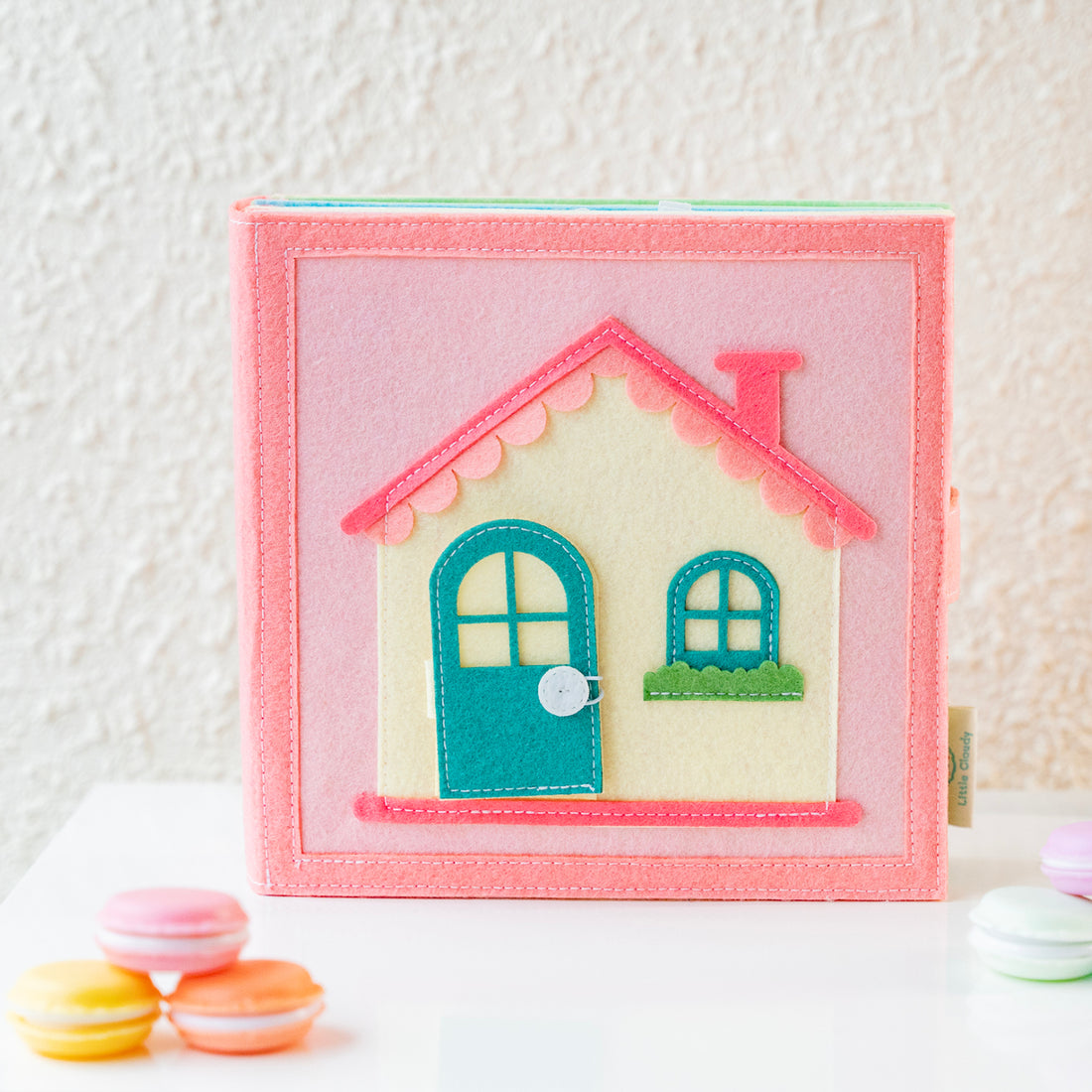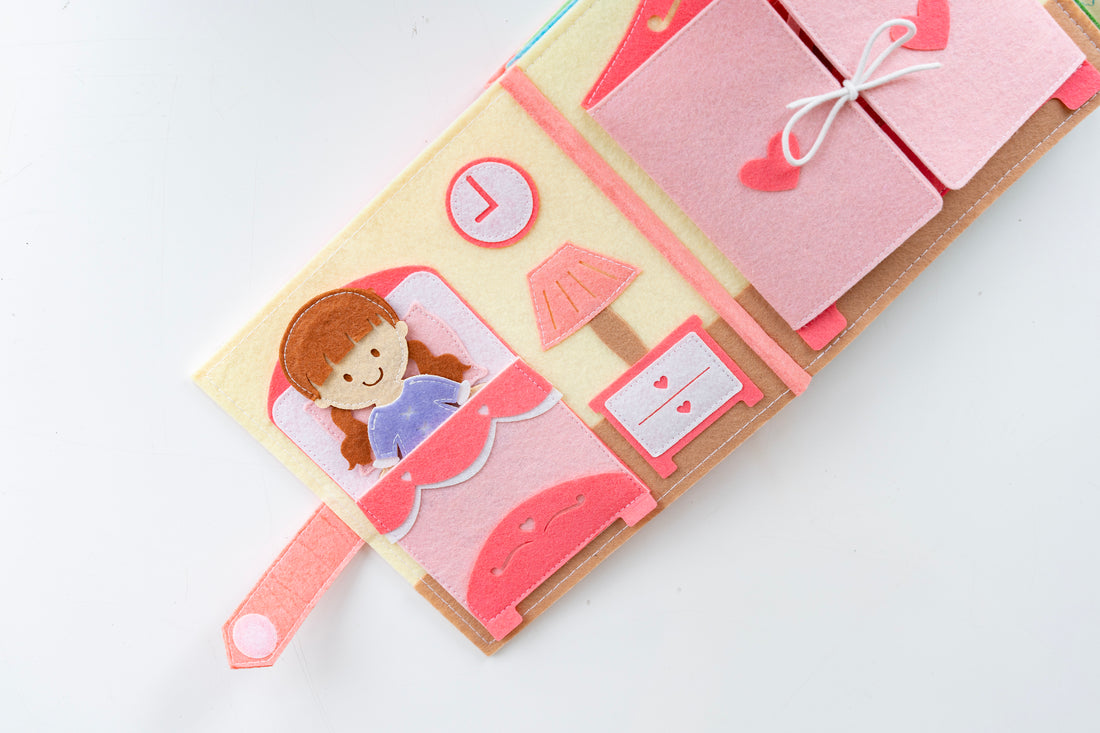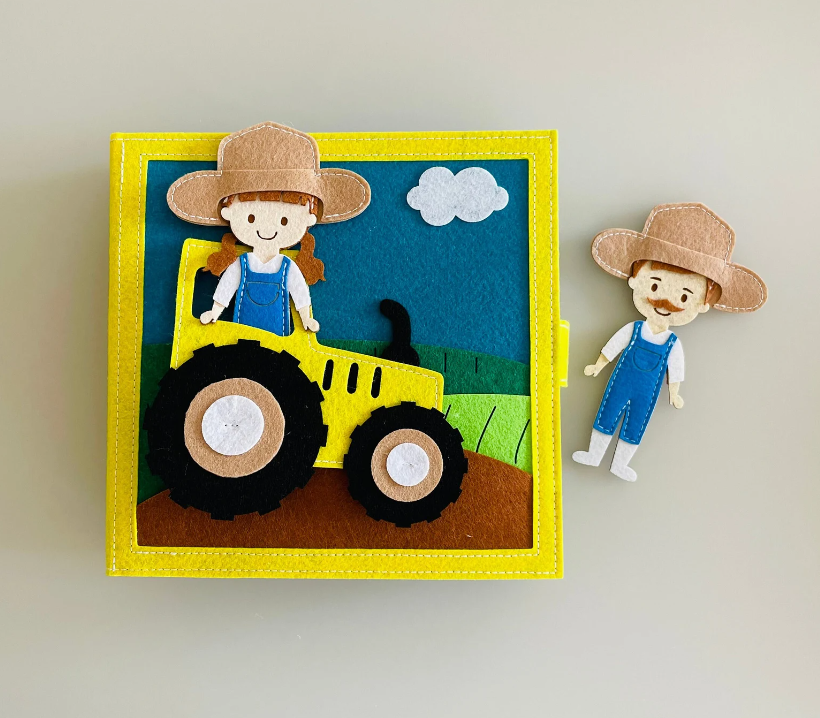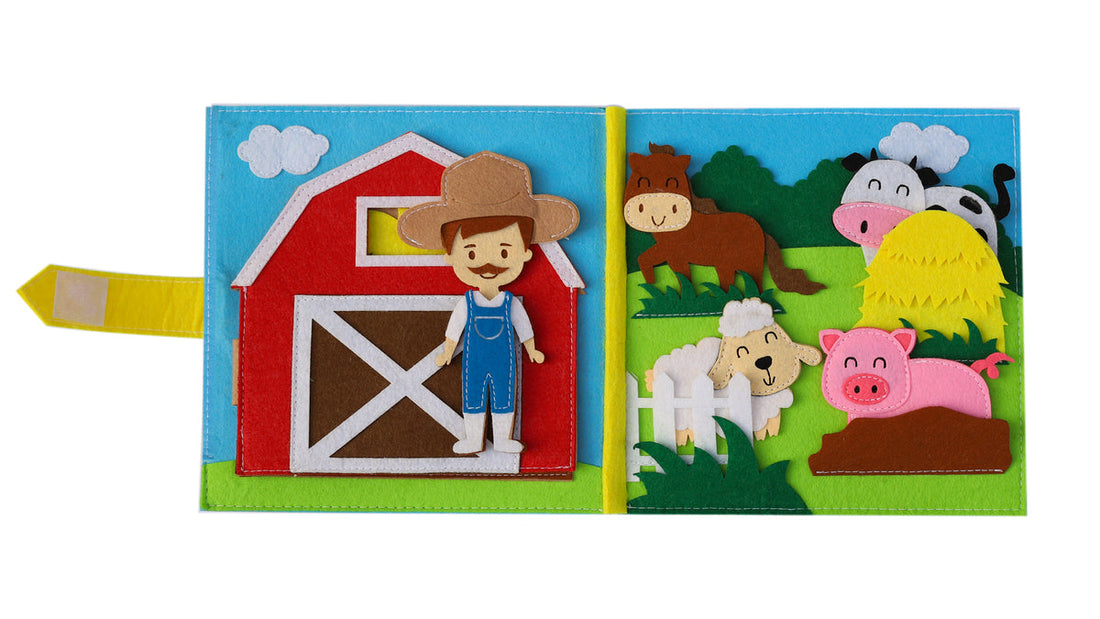In the ever-evolving world of early childhood education and development, one tool has consistently stood out for its ability to captivate and educate young minds: the humble yet powerful busy book. These multifaceted learning toys, also known as quiet books or sensory books, have become a staple in households and classrooms, offering a unique blend of creativity, interactivity, and cognitive stimulation.
Unlocking Creativity and Learning: The Benefits of Busy Books for Toddlers

Busy books are more than just a collection of activities; they are a gateway to a world of exploration and discovery. These educational toys provide a wealth of benefits for toddlers and young children, fostering their growth and development in a variety of crucial areas,
Find more here Busy Books for Toddlers
Enhancing Fine Motor Skills
One of the primary advantages of busy books is their ability to enhance fine motor skills. Through a variety of interactive elements, such as zippers, buttons, and laces, toddlers are encouraged to engage in hands-on activities that strengthen their dexterity and hand-eye coordination. As they manipulate these elements, they develop the fine motor control necessary for tasks like writing, tying shoelaces, and buttoning clothing.
| Skill | Description |
|---|---|
| Dexterity | Improved control and precision of small muscle movements in the hands and fingers. |
| Hand-Eye Coordination | Enhanced ability to coordinate visual information with physical movements. |
| Manipulation | Increased proficiency in manipulating small objects and fasteners. |
Promoting Cognitive Development
Busy books are not just about physical interaction; they also stimulate cognitive development. Each page or activity presents toddlers with problem-solving challenges, encouraging them to think critically and develop strategic thinking skills. As they explore the different elements, they engage in active learning, which supports the development of memory, attention, and problem-solving abilities.
- Cognitive Benefits of Busy Books:
- Problem-solving
- Critical thinking
- Memory and attention
- Spatial awareness
- Cause-and-effect understanding
Fostering Independent Play
One of the unique aspects of busy books is their ability to encourage independent play. Toddlers can engage with these educational toys without constant supervision or guidance from adults, allowing them to explore and discover at their own pace. This fosters a sense of autonomy and self-confidence, as they take control of their learning and play experiences.
Providing Sensory Stimulation
Busy books often incorporate a variety of textures, colors, and materials, which provide sensory stimulation for toddlers. This multisensory experience helps to develop their sensory integration, a crucial aspect of early childhood development. By engaging their senses, busy books can support the development of language, cognitive skills, and emotional regulation.
DIY Busy Book: A Step-by-Step Guide for Parents and Educators

Creating a busy book can be a rewarding and fulfilling experience for both parents and educators. Not only does it allow for personalization and customization to meet the unique needs and interests of the child, but the process of making a busy book can also be a meaningful bonding activity.
Gathering Materials
The first step in creating a DIY busy book is to gather the necessary materials. This typically includes:
- Felt or fabric
- Scissors
- Needle and thread (or a sewing machine)
- Velcro, snaps, or other fasteners
- Embellishments (buttons, ribbons, beads, etc.)
- Cardboard or sturdy paper for the pages
Designing the Pages
Once you have your materials, it's time to start designing the pages of your busy book. Consider the child's age, interests, and developmental stage when planning the activities and elements. Common busy book pages include:
- Zippers and buttons
- Lacing and tying
- Matching and sorting
- Counting and shapes
- Texture and sensory exploration
Constructing the Book
With your design in mind, begin constructing the busy book. This may involve cutting felt or fabric, sewing the pages together, and attaching the various interactive elements. Take your time to ensure each page is securely assembled and the activities are engaging and age-appropriate.
Personalizing and Customizing
One of the joys of creating a DIY busy book is the ability to personalize it for the child. Consider incorporating their favorite characters, colors, or themes into the design. You can also tailor the activities and difficulty level to match their specific needs and abilities.
Finishing Touches
As you near the completion of your DIY busy book, add the finishing touches. This may include adding a cover, binding the pages, or including a carrying case or storage solution. Consider including a label or tag with the child's name to make it a truly unique and personal creation.
Busy Book Ideas: Inspiring Activities to Stimulate Sensory and Fine Motor Skills

Busy books are a treasure trove of educational and engaging activities, each designed to captivate young minds and support their development. As you embark on creating your own busy book or exploring the many options available, consider incorporating these inspiring ideas.
Sensory Exploration
Incorporate various textures, materials, and sensory experiences into your busy book. This could include:
- Velvet, satin, or corduroy fabrics
- Crinkly or smooth surfaces
- Attachable objects with different temperatures (e.g., metal, wood, plastic)
- Scented elements (e.g., dried herbs, spices, or essential oils)
Fine Motor Challenges
Encourage the development of fine motor skills with activities that involve manipulation and coordination, such as:
- Zippers, buttons, and snaps
- Lacing and tying
- Pegs or beads for sorting and counting
- Velcro or touch-and-close fasteners
Cognitive Engagement
Stimulate cognitive development with activities that promote problem-solving, memory, and attention, including:
- Matching games
- Counting and number recognition
- Shape and color identification
- Sequencing and pattern recognition
Storytelling and Imagination
Incorporate elements that spark imagination and encourage storytelling, such as:
- Felt or fabric characters or animals
- Pocket pages for storing small toys or figurines
- Interactive scenes (e.g., a farm, a city, a forest)
- Reusable stickers or magnetic pieces for creating narratives
Multisensory Experiences
Combine various senses to create a truly immersive experience. For example, you could include:
- Sound elements (e.g., chimes, bells, or crinkly materials)
- Removable scented pieces (e.g., lavender sachets)
- Textures that encourage tactile exploration
Beyond the Pages: Exploring Sensory Play and Montessori Principles in Busy Books
Busy books are not just about the pages and activities; they can also serve as a springboard for further exploration and learning. By integrating sensory play and Montessori principles, you can expand the educational potential of these versatile toys.
Incorporating Sensory Play
Busy books can seamlessly integrate with sensory play activities, which are crucial for a child's overall development. Consider creating a dedicated sensory play area or incorporating sensory elements directly into the busy book, such as:
- Attach different textures for touch exploration
- Include scented elements to engage the sense of smell
- Incorporate sound-producing materials for auditory stimulation
- Incorporate color-coded sorting or matching activities
Aligning with Montessori Principles
The Montessori method, with its focus on hands-on learning and self-directed exploration, aligns remarkably well with the philosophy of busy books. When designing your busy book, consider incorporating Montessori-inspired elements, such as:
- Emphasize natural materials (e.g., wood, fabric, felt)
- Organize activities from simple to complex
- Encourage independent exploration and problem-solving
- Incorporate practical life skills (e.g., buttoning, zipping, lacing)
By blending the principles of sensory play and Montessori education, you can create a busy book that not only captivates young minds but also supports their holistic development.
Busy Books for Every Age: From Baby to Toddler to Beyond
Busy books are not limited to a specific age range; they can be adapted and customized to engage children at various developmental stages, from infancy through the preschool years and beyond.
Busy Books for Babies
For the youngest of learners, busy books can be tailored to focus on basic sensory exploration and the development of fine motor skills. These books may feature:
- Soft, high-contrast fabrics
- Crinkly or rattling textures
- Large, easy-to-grasp elements
- Simple matching or sorting activities
Busy Books for Toddlers
As children transition into the toddler years, busy books can become more complex, incorporating a wider range of activities and challenges. These books may include:
- Zippers, buttons, and snap closures
- Lacing and tying exercises
- Counting, shape, and color identification
- Imaginative play elements
Busy Books for Preschoolers
For the older child, busy books can evolve to include more advanced cognitive and problem-solving tasks. These books may feature:
- Intricate matching and sorting games
- Sequencing and pattern recognition activities
- Rudimentary reading and writing practice
- Storytelling and narrative-building elements
Busy Books Beyond Toddlerhood
The educational value of busy books extends well beyond the toddler years. Older children and even adults can benefit from the continued use of these interactive toys, which can be adapted to challenge their skills and interests.
The Essential Busy Book Materials: Fabric, Felt, and More

Creating a busy book requires a careful selection of materials, each chosen to support the educational and sensory experience. From the foundation of the pages to the interactive elements, the materials you choose will play a crucial role in the book's durability, functionality, and appeal.
Fabric and Felt
The backbone of a busy book is often fabric or felt. These materials provide a sturdy and versatile foundation for the pages, allowing for easy manipulation and attachment of various elements.
- Felt: A classic choice for busy books, felt is soft, durable, and easy to work with. It comes in a wide range of colors and can be cut into intricate shapes.
- Fabric: Cotton, flannel, or other soft, breathable fabrics can also be used to create busy book pages. These materials offer a range of textures and patterns to explore.
Fasteners and Embellishments
The interactive elements of a busy book, such as zippers, buttons, and laces, are essential for engaging young learners. These fasteners and embellishments should be carefully selected to ensure safety and durability.
- Zippers: Sturdy, child-safe zippers allow for a fun and challenging fine motor activity.
- Buttons: Both sew-on and snap-on buttons can be used to develop dexterity and hand-eye coordination.
- Laces and ribbons: Threading and tying activities promote fine motor skills and hand-eye coordination.
Reinforcement and Stability
To ensure the longevity and stability of your busy book, consider using additional materials for reinforcement and structure.
- Cardboard or foam: Sturdy pages made from cardboard or foam will provide a solid foundation for the book.
- Velcro or hook-and-loop tape: These fasteners can be used to securely attach elements and prevent lost pieces.
- Interfacing or stabilizer: These materials can be used to reinforce the fabric or felt, making the pages more durable.
Busy Book Patterns: Free Printables and Design Inspiration for Parents and Crafters
As the popularity of busy books continues to grow, a wealth of free printable patterns and design inspiration has emerged, making it easier than ever for parents and crafters to create their own unique busy books.
Free Printable Patterns
Numerous websites and online communities offer a variety of free busy book patterns and templates that you can download and use as a starting point for your own creations. These patterns often include instructions and design ideas to guide you through the construction process.
Design Inspiration
In addition to patterns, the internet is teeming with design inspiration for busy books. From blogs and social media to online marketplaces, you can find a plethora of ideas and examples to spark your creativity and help you develop your own unique busy book designs.
Customization and Personalization
One of the key advantages of creating your own busy book is the ability to personalize it to the child's interests and preferences. Consider incorporating their favorite characters, colors, or themes into the design to make it a truly special and meaningful gift.
Sharing and Community
As you venture into the world of busy book creation, consider connecting with online communities and sharing your work. This can be a great way to gather feedback, learn from others, and find inspiration for future projects.
Where to Buy Busy Books: A Guide to Finding Unique and Personalized Options

While the joy of creating a DIY busy book is undeniable, there are also many options available for those who prefer to purchase pre-made busy books. Whether you're looking for a unique, one-of-a-kind creation or a more affordable, mass-produced option, there are numerous sources to explore.
Etsy and Independent Sellers
Etsy and other online marketplaces are excellent resources for finding handmade, personalized busy books from independent crafters and small businesses. These sellers often offer a wide range of customization options and unique designs.
Specialty Toy Stores
Brick-and-mortar and online specialty toy stores may carry a selection of busy books, catering to a variety of age ranges, themes, and budgets. These stores can be a great source for high-quality, educational toys.
Major Retailers
While the selection may be more limited, many major retailers, both online and in-store, offer busy books as part of their toy and educational product offerings. These can be a more affordable option for those on a budget.
Personalized and Custom Options
For a truly one-of-a-kind busy book, consider reaching out to individual crafters or small businesses that offer personalized and custom-made options. This allows you to incorporate the child's name, interests, and preferences into the design.
Busy Books vs. Sensory Boards: Comparing Educational Tools for Young Children

While busy books and sensory boards share many similarities in their ability to engage and educate young children, there are some key differences between the two that parents and educators should consider.
Busy Books
- Focused on fine motor skill development and interactive activities
- Often include a variety of tactile, visual, and cognitive elements
- Portable and easy to take on the go
- Can be personalized and customized to individual interests
Sensory Boards
- Designed primarily for sensory exploration and stimulation
- Emphasize a range of textures, materials, and sensory experiences
- Typically larger in size and less portable
- May be more suitable for in-home or classroom settings
Both busy books and sensory boards can be valuable educational tools, offering unique benefits and catering to different developmental needs and learning styles. Considering the specific goals and preferences of the child can help parents and educators decide which option best suits their needs.
Conclusion
Busy books have emerged as a versatile and engaging educational toy, captivating the hearts and minds of toddlers and young children. From fostering fine motor skills to promoting cognitive development and sensory exploration, these interactive learning tools offer a wealth of benefits for early childhood education and development.
Whether you choose to create your own DIY busy book or explore the many pre-made options available, these unique and personalized toys can provide endless hours of educational fun and learning. By integrating sensory play, Montessori principles, and a wide range of engaging activities, busy books can unlock a world of creativity, independence, and discovery for the young learners in your life.
As you embark on your busy book journey, remember that the process of making or selecting the perfect book can be just as rewarding as the end result. Embrace the opportunity to connect with your child, spark their imagination, and nurture their growth and development. With busy books, the possibilities for learning and exploration are truly endless
